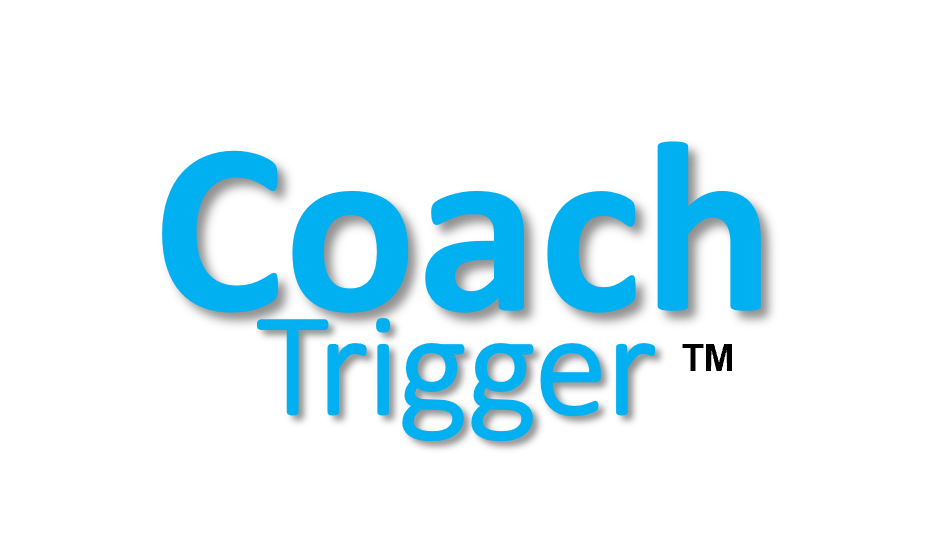Optimize Skills with Training & Development Programs

Did you know that organizations that invest in training and development programs experience a 24% higher profit margin compared to those that don’t?1
Employee training is not only essential for enhancing professional skills but also plays a critical role in nurturing a motivated, engaged, and skilled workforce. By offering learning and development opportunities, organizations can boost employee satisfaction, improve retention rates, and stay competitive in today’s dynamic business landscape.
In this article, we will explore the importance of training and development, the types of programs available, the difference between training and development, and the benefits they bring to both employees and organizations.
So, whether you’re an individual looking to enhance your skills or a company keen on fostering a culture of continuous learning, read on to discover how training and development programs can help you achieve your goals.
The Importance of Training & Development
Employee training and development are crucial for ensuring that staff are prepared for their roles, feel supported and valued, and have growth opportunities. Investing in employee training and development is not only beneficial for individual employees but also for the overall success of an organization.
Training programs provide employees with the necessary knowledge and skills to excel in their current positions and adapt to new challenges. By enhancing their capabilities, employees become more confident and effective in their work, leading to increased productivity and improved job performance.
Furthermore, professional development opportunities allow employees to continuously expand their skillsets, keeping up with industry trends and advancements. This continuous learning and development contribute to their career growth, enabling them to take on new responsibilities and advance within the organization.
Employee training and development also play a significant role in promoting employee engagement and retention. When employees feel supported and valued through investment in their growth, they are more likely to be motivated and committed to their work. This, in turn, reduces turnover rates and fosters a positive work culture.
Organizations that prioritize employee training and development demonstrate a commitment to their staff’s professional growth and success. This can create a positive employer brand, attracting top talent and fostering a culture of continuous learning and improvement.
Types of Employee Training & Development Programs
Employee training and development programs come in various forms, catering to different learning styles and objectives. These programs aim to enhance skills, expand knowledge, and foster professional growth, ultimately benefiting both employees and organizations.
Formal Education
One of the most common types of employee training and development is formal education. This involves pursuing specific degrees, licenses, or certifications relevant to a particular job role. By acquiring these qualifications, employees can develop specialized expertise and stay updated on industry trends and best practices.
Assessment
Assessment-based training programs focus on evaluating employees’ strengths and weaknesses to identify areas for improvement. Through assessments, employees can gain a clear understanding of their skill gaps and receive targeted training to enhance their performance. This type of training helps individuals address their specific development needs, improving their overall effectiveness in their roles.
Job Experience
Job experience is an invaluable source of learning and development. On-the-job training and challenges enable employees to acquire new skills, deepen their knowledge, and grow within the organization. Opportunities such as job rotations, special projects, and stretch assignments provide hands-on learning experiences that contribute to professional development and career advancement.
Interpersonal Relationships
Interpersonal relationships play a crucial role in employee training and development. Coaching, mentorship, and training in soft skills like customer service, diversity and inclusion, and effective communication are essential to fostering positive and productive relationships within the workplace. These programs equip employees with the interpersonal skills necessary for collaboration, leadership, and building successful professional connections.
In summary, employee training and development programs encompass a wide range of approaches, from formal education to on-the-job learning and interpersonal skill-building. By implementing diverse training methods, organizations can address individual learning needs, enhance job performance, and create a culture of continuous development and growth.
Training vs. Development: Understanding the Difference
While training and development are often used interchangeably, it is important to recognize the distinction between the two. Training is primarily focused on acquiring specific skills and knowledge needed for a job, while development encompasses a broader scope of long-term behavioral change and personal growth.
Training is designed to address knowledge gaps and improve performance in specific areas. It equips individuals with the essential skillsets required to carry out their roles effectively. For example, a sales training program may focus on techniques for closing deals or building customer relationships. Training programs are typically structured, goal-oriented, and aimed at enhancing proficiency in certain tasks or activities.
On the other hand, development aims at shaping individuals’ attitudes, mindsets, and overall approaches to their work. It goes beyond specific skill acquisition and focuses on fostering resilience, adaptability, and a growth-oriented mindset. Development programs often emphasize broader competencies such as leadership, problem-solving, and communication skills. These programs are not only essential for personal growth but also contribute to building a more agile and innovative organization.
Training
Key Characteristics:
- Acquiring specific skills and knowledge
- Filling knowledge gaps
- Improving performance
- Task-oriented
- Structured and goal-oriented
Development
Key Characteristics:
- Shaping attitudes and mindsets
- Fostering resilience and adaptability
- Growth-oriented
- Broad competencies
- Emphasizes personal and professional growth
Both training and development play a vital role in organizational success. While training ensures that employees possess the necessary skill sets to perform their roles effectively, development focuses on nurturing the right mindsets and behaviors to excel in a changing business landscape.
By understanding the difference between training and development, organizations can implement comprehensive programs that offer a balanced approach to enhancing both skillsets and mindsets, ultimately contributing to the overall growth and success of individuals and the organization as a whole.
Benefits of Training & Development for Employees and Organizations
Training and development programs provide numerous benefits for both employees and organizations. When it comes to employees, these programs offer opportunities for personal and professional growth, leading to increased job satisfaction and the development of valuable skills. Participating in training and development initiatives signals that the organization values its progress and is invested in its success.
For organizations, investing in employee training and development yields significant advantages. Firstly, it leads to improved employee performance, as individuals gain the knowledge and skills necessary to excel in their roles. When employees are well-trained, they can contribute more effectively to organizational success. Secondly, training and development programs increase productivity by equipping employees with the tools and resources needed to perform their responsibilities efficiently.
- Improved employee performance
- Increased productivity
- Reduced supervision needs
- A more flexible and competitive workforce
Moreover, training and development programs enhance employee engagement and retention. When organizations invest in their employees’ growth and provide development opportunities, it creates a conducive environment that fosters loyalty and commitment. Employees who feel supported and valued are more likely to stay with an organization for the long term, reducing turnover rates.
Ultimately, the benefits of training and development extend beyond individual employees and contribute to overall business outcomes. By investing in employee growth, organizations create a skilled and motivated workforce that helps drive organizational success. Training and development initiatives align employees’ skill sets with organizational goals, enabling companies to adapt to changing market demands and stay competitive in their industry.
Investing in employee training and development is vital for organizations looking to achieve long-term success. By prioritizing the growth of their employees, organizations create a culture of continuous learning and empower individuals to reach their full potential. Through these initiatives, both employees and organizations can thrive, contributing to career growth and organizational success.
Conclusion
Training and development programs play a crucial role in optimizing skills, fostering employee growth, and promoting career advancement. By investing in employee training and development, organizations can enhance employee satisfaction, engagement, and retention while improving overall performance and competitiveness.
In today’s rapidly changing world, organizations face numerous challenges. However, through prioritizing employee training and development, they can equip their workforce with the necessary skills to meet these challenges head-on. This investment allows organizations to develop a skilled workforce capable of achieving their business goals.
Create a culture of continuous learning and empower employees to reach their full potential. Organizations not only benefit their employees but also drive organizational success. Training and development programs contribute to enhanced employee performance, increased productivity, reduced supervision needs, and a more flexible and competitive workforce.
By recognizing the value of ongoing training and investing in the development of their workforce, organizations can create a thriving environment that fosters professional development, enhances job satisfaction, and propels both employees and the organization toward greater success.






